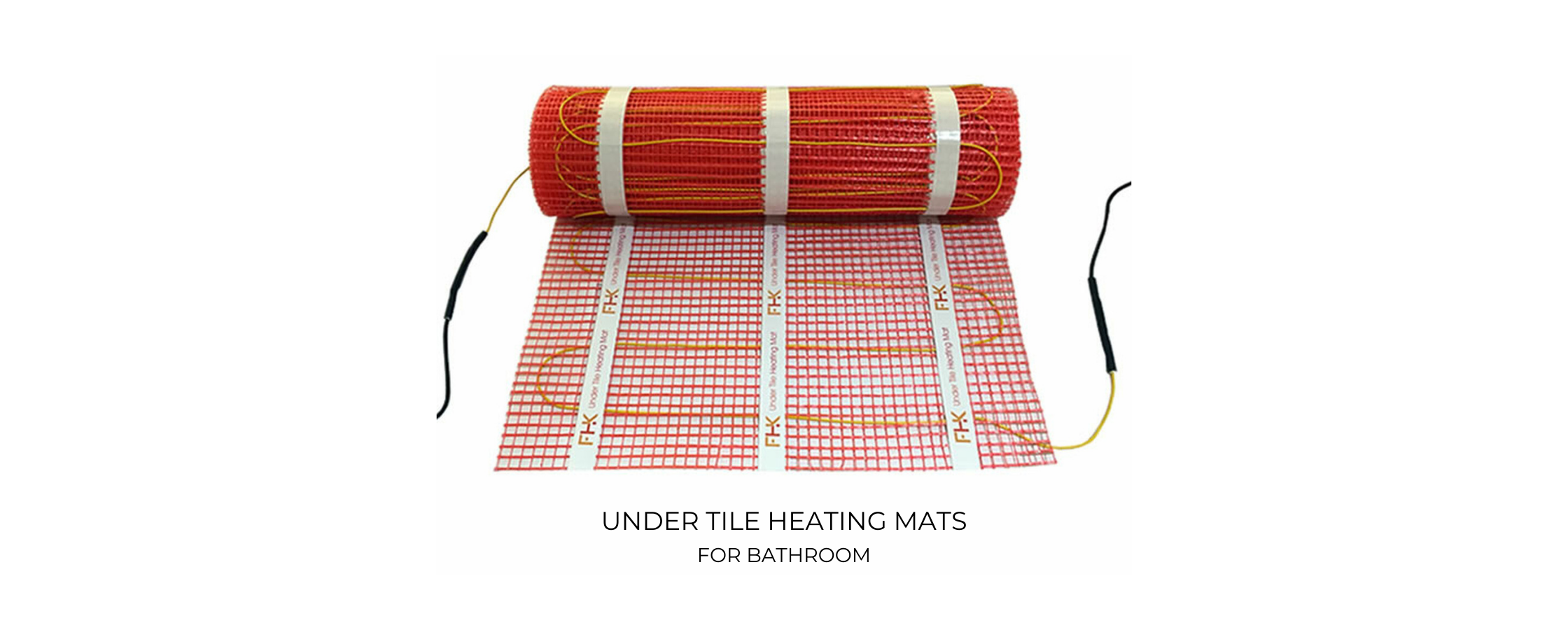
The Battle Between Expectations and Reality
The battle between expectations and reality is something that is hardly shocking. When it comes to floor heating, the level of expectation is quite high, but there are many considerations that need to be made before installing one. There are many factors that go into the installation of an electric floor heating system. To name just a few, there are some things to consider like your type of home, how much you want to spend, and what type of floor surfaces you want to be heated.
The expectations for floor heating systems tend to be high because they are so versatile and can heat any type of floor surface in any type of home.
What is the Best Floor Heater?
When the temperature begins to drop, it is important to make sure that your home is warm and comfortable. One way to do this is by installing a floor heating system.
There are many different types of floor heating systems, but not all of them are created equal. This article will help you decide which one is best for your space by looking at two different types of floor heaters: in-slab floor heating or in screed floor heating.
In-Slab Floor Heating
With In Slab heating cable you can design your concrete floors to be as warm and functional as they are attractive. It is a single conductor heating cable suitable for large areas. This type of floor heater is a slow response method, heating the concrete slab which stores the heat, then slowly releases the heat keeping your home warm and cosy.
In Slab Heating Cable offers total flexibility for installation, and when connected to an off-peak electrical supply, heat can be stored in the slab for later release at a greatly reduced running cost.
Our in-slab cable is a Twin Conductor heating cable with Flouro Polymer as primary insulation, covered with metal sheathing and final outer cover of Low Smoke Zero Halogen compound.
The floor heater cable element is 6mm in thickness, and is embedded into concrete flooring and does not add any significant height to your floor surface.
Our in-slab floor heating cables for concrete floors can cover floor surface areas starting from 2m² up to 33.6m².
In-Screed Floor Heating
This floor heating is simply placed in the screed of your floor finish. There are two types of in-screed systems: cable and electric mat heater.
In-Screed Cable Underfloor Heating System
FHK In Screed Cable 17 heating cables is used in a wide variety of applications which include direct-acting, storage and background floor heating systems. Other uses include agricultural and industrial applications. They can be suitable for use in thin concrete topping slabs, sand/cement screeds, mortar beds and levelling beds. Floors can now be designed to be warm and functional as suitable floor finishes heated with In Screed Cable 17 include carpet, tiles, vinyl and timber.
In-Screed Electric Mat Floor Heating System
The In Screed Mat's unique mat design features a traditional style twin in-screed floor heating cable pre-attached to a nylon mat with tape strips for fixing to a clean substrate. The fabricated mat heater offers a reduced installation time. And removes the need for steel mesh, cable &/or floor fixings and the risk of hot and cold spots across the floor as a result of inconsistent spacing of loose heating cables.
The in-screed mat heaters offer a faster warm-up time due to its high performing output to warm floors faster and reach standby heat cycles in a more timely manner. Underperforming floor heating systems of lower wattage rarely reach set points within programmed time schedules, often requiring earlier start times to reach temperatures close to comfort levels resulting in overall higher running costs.
Floor Heating Systems for Carpet and Under Tile
We have specifically designed floor heating systems for under tile and under carpet floor heating.
Under Tile for Bathrooms: Our under tile floor heating system is designed to be installed into the tile adhesive. It is a single conductor heating cable with primary fluoropolymer insulation, 100% metal shielding drain wire and a final outer insulation sheath of PVC uniformly fixed to a nylon mat with adhesive tape strips for fixing to clean substrates. This system has a high performing output due to the close proximity to the tile or stone floor surface. Making it more energy and cost-efficient.

Under Carpet: This system is a twin conductor heating cable with primary fluoropolymer insulation sandwiched between two layers of reinforced aluminium foil. The Carpet Heat Mat adds warmth and comfort to any carpeted room. The uniform spacing of the carpet floor heating element provides an even heat distribution across the floor. And the easy to install heat mat can be cut and turned at 90° or 180° to cover the intended floor area to be heated regardless of room shape or size.

How to Choose a Floor Heater that is Eco-Friendly?
Radiant heating systems are not only good for the environment, but they are also energy-efficient, so if you’re looking for a floor heater that is eco-friendly, there are a few things to consider.
There are many types of radiant heaters available in the market these days. So when choosing your eco-friendly radiant heating system, you need to consider factors like: Using one that uses the least amount of power, has an automatic thermostat and timers for making sure it turns off when not in use, causes minimal noise pollution to your family and pets living in the house.
The most popular type of radiant heater is electric heaters because they can be easily installed. Electric heating systems are becoming more and more efficient, but it is still important to remember that they use electricity. That means that the efficiency of an electric heating system is not just about how efficient the heater can get. It is also about how efficiently the electrical company can provide energy to your house. With that said, it is important to consider adding proper insulation to your home as this will make floor heating more efficient.
Is floor heating expensive to run?
The big question is: are heated floors cheap to run?
Many people believe a floor heater is expensive to run because the cost of heating a whole house is higher than the cost of heating a room. This belief may be true for traditional heating systems, but it’s not true for radiant floor heating systems. In fact, radiant floor heating can be cheaper to run than traditional systems.
The main difference between these two methods is that traditional conventional heating systems heat up the air in a room and then push that air over to the carpet or other surfaces - which means you have parts of your house that are hotter than other parts.
Radiant floor heaters, on the other hand, transmit heat from underneath your feet and warm your entire home evenly.
Our systems are designed to be controlled by a smart thermostat which is designed to heat your floors only when you need them. You set the times of the day you want it warm and it is automatically controlled making it more energy-efficient. However, if you prefer to turn on and turn off your floor heating as you choose the thermostat give you that option too.
Are floor heating systems safe?
Floor heating is not only safe because it is invisible i.e. it is installed under the floor surface with no hot elements exposed making it safe for pets and children.
There are health benefits when it comes to underfloor heating.
Floor heaters create an environment where dust mites cannot thrive. Floor heaters also don't create currents blowing dust mites around your home reducing allergy risk.
A study done in the USA looked at the effect of floor surface temperature on blood flow and skin temperature in the foot. Sixteen healthy students participated in this research. The outcome of this study was this:
“A warm floor surface can serve to satisfy occupants when the ambient temperature is maintained at 20 degrees C which represents an energy-conscious temperature. A warm floor can induce high blood perfusion in the feet and consequently improve an occupant's health by treating many vascular-related disorders. Even in a well-insulated residential building, a partially heated floor system could prevent overheating while providing surface warmth.”
So are Floor Heaters worth it?
The question of whether floor heaters are worth the investment is one that has been asked for years.
The answer to this question is a resounding YES, as long as the room size and usage space needs are taken into consideration. The benefits of installing a floor heating system outweigh any negatives.
So if you are building or just replacing your floors, radiant floor heating is definitely worth considering. It is an initial cost investment but with our easy to install best deal DIY floor heating systems you are able to cut significant costs. Long term energy savings, ultimate comfort and resale value are worth it in the long run.
Find The Floor Heating You Need
To Work Out How To Measure How Much Floor Heating You Need Go Here
/
Study Article Reference: here.

